This is a cool website that I found that lays out how to make your own abstract artwork. I always thought abstract art was just paint arbitrarily slapped onto a canvas, but apparently there's a bit more to it!
How to Make Abstract Art DIY
Here's the link to the website
Here is the second installment of a series I’m doing on how to make affordable art. But until you can afford the abstract piece of your dreams here are some tips on making your own.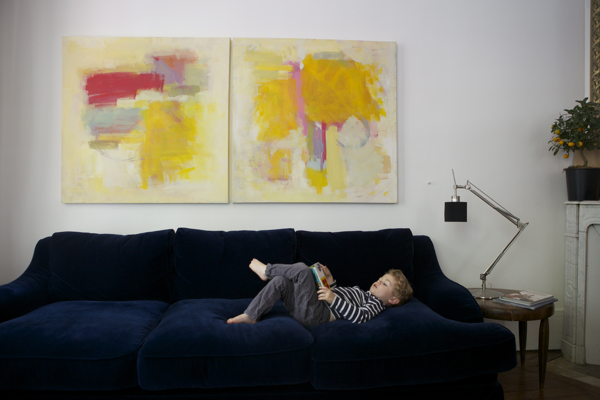
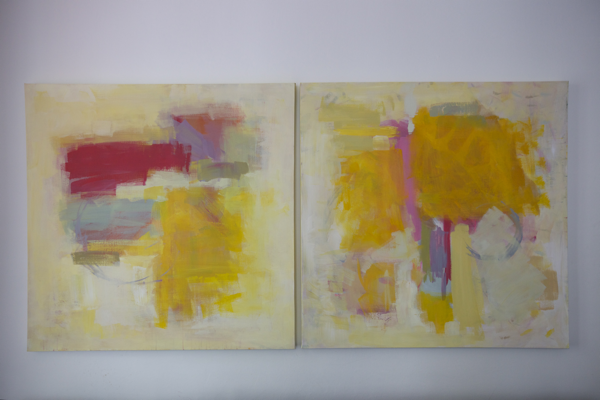
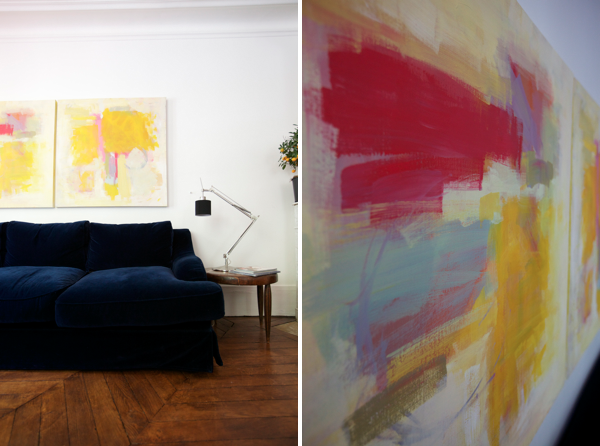
Materials Needed: 2 Large Canvases 40″ x 40″ $20/each, a few large brushes 2.5″ wide $5, several tubes of acrylic paint $4/tube In total this cost $70. That’s $35 each for a huge piece of art. There are no framing costs because with canvas like this you don’t need to frame it.
A few notes: I know abstract art looks “easy” but anyone who has tried it can attest it can be difficult to get just right. I would recommend getting some cheap small 10″x 10″ canvases to practice color and composition and technique before you you try it on a big one. This will save you time and money in the long run. This project does takes a while. It took us 5 painting sessions that ranged from 1-2 hours. Take your time and keep in mind you are working in layers.
Step One: Tone the Canvas. The first layer you’ll tone the canvas with another color other than plain white. This is so when the underpainting shows through it will show texture instead of plain white. For this we just mixed lots of yellows with white and grey. We used lots of water and were sloppy and just tried to have variation. We also painted the edges. Then let it dry.

Step Two: We sat down and drew out with pencils some compositions we liked. We didn’t totally stick to this but it was nice to have a guide to start off of. Once we had a plan we began blocking out some colors. A big part of this project is getting comfortable mixing paint. I’m not very good at it and have to depend on Paul a lot to get the colors I want but basically you start with a base color and add other colors to lighten or darken. I had Paul mix some paint to demonstrate. Here he used white, red, yellow, and green to get all of these colors. Make sure to add extra water to thin out the paint. You can add smudges and streaks on that layer without thinking about it too much since its only the second layer. Then let it dry.
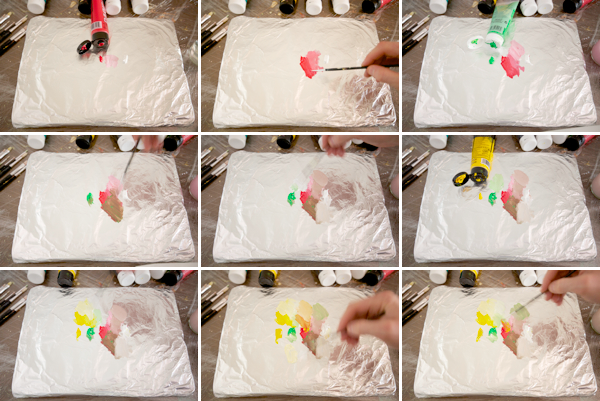
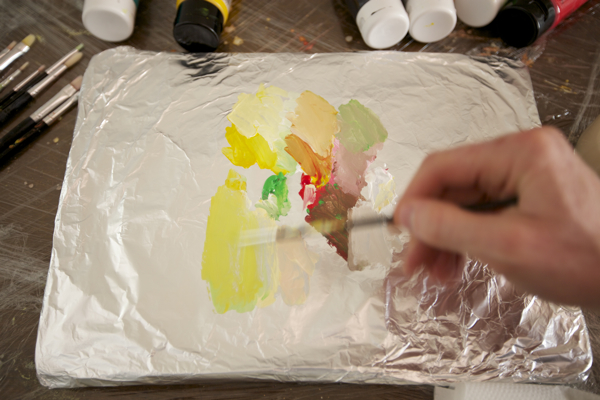
Step Three: Now you’ll want to start to get more serious about what it looks like. Sometimes abstract art looks simple but after working through a few variations we found our favorite compositions seemed simple but when we actually looked closer and broke it down it was made up of complicated shapes. For example look at the painting on the left. The red and the blue look simple but in the close up you can see there are lots of layers and streaks and lines so that it looks interesting. Keep making small adjustments until you like it. One time we didn’t like the painting but went to bed and when we woke up we actually loved it. So if you are getting frustrated take a break and come back when your mind is clear. Be experimental and keep trying things (adding white etc) until you are happy with it.


Step Four: We started to play around with the colors we wanted to compliment the top layer. You can see we also went through and lightened up the edges with some off white paint ro make the painting feel brighter. At this point we were starting to like it but it needed to feel pulled together.
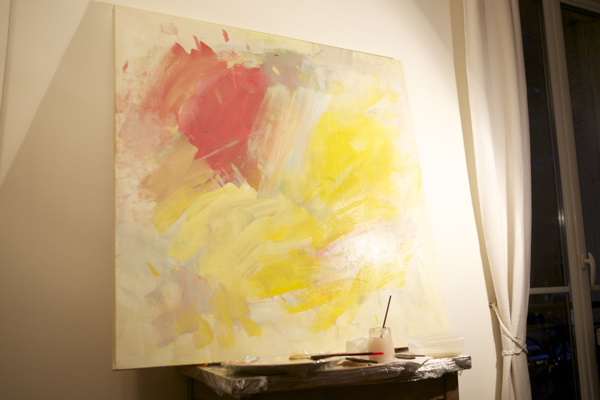
Step Five: In the final painting session we tried to perfect the composition. Our technique was to block in some brighter colors and then make them meet in interesting ways with different lines and shapes. Here is how the final turned out. You can see that with the final layer there are 15-20 colors and 12 or so blocked out colors in the center. The main thing is to keep trying different colors and shapes until you are happy with it. Et voilà! Your artwork is complete.
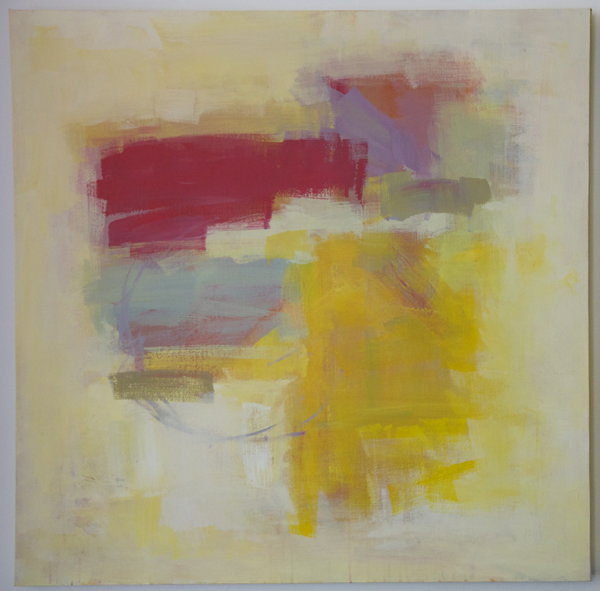
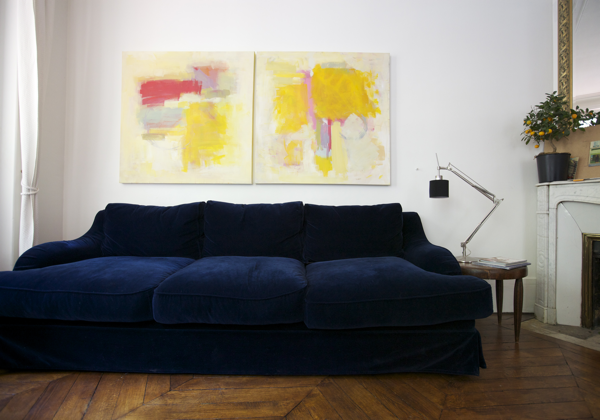
No comments:
Post a Comment